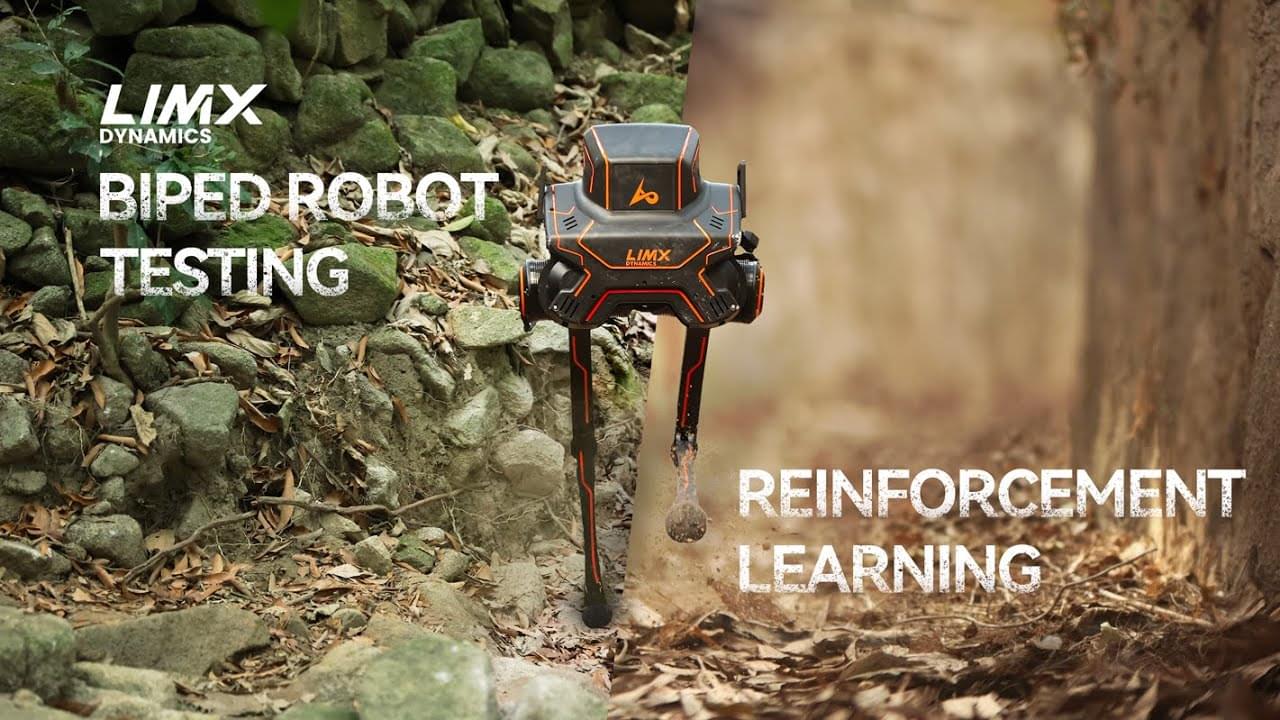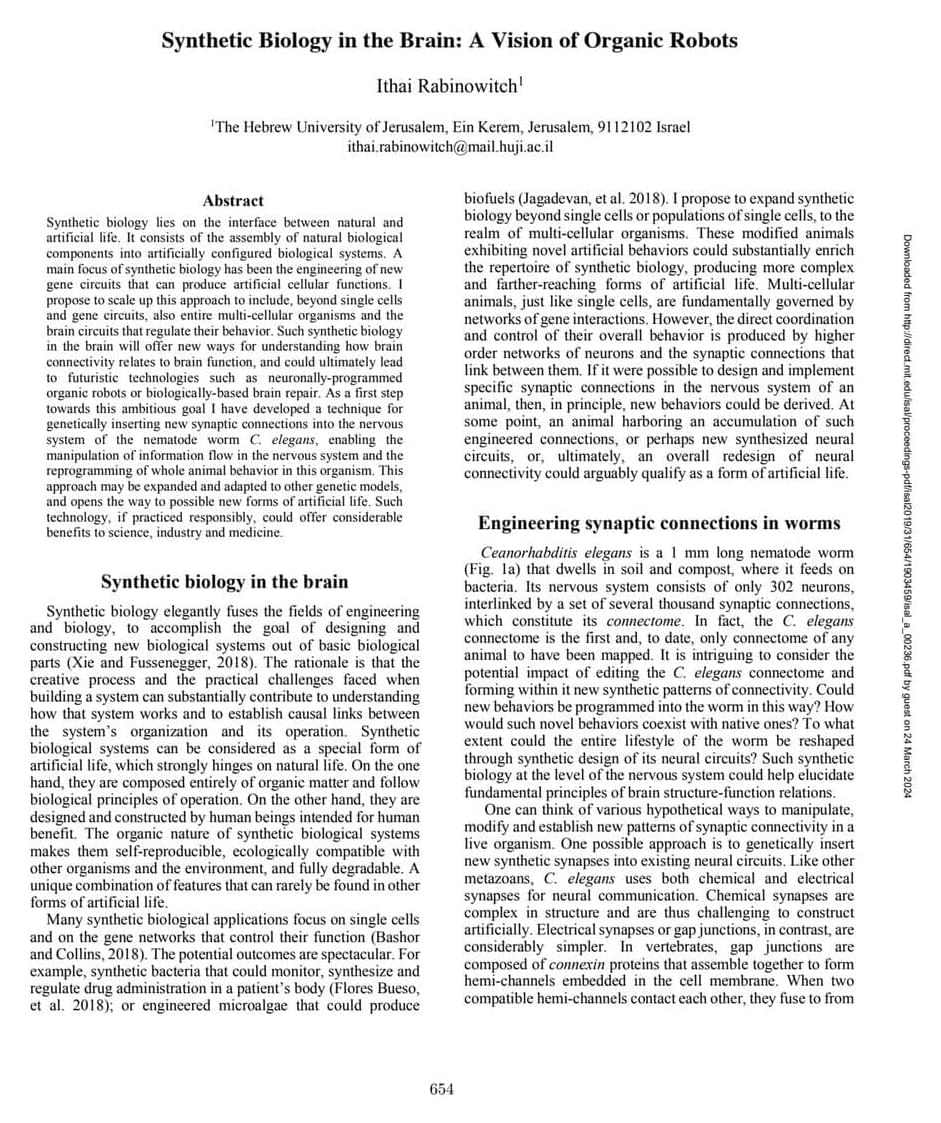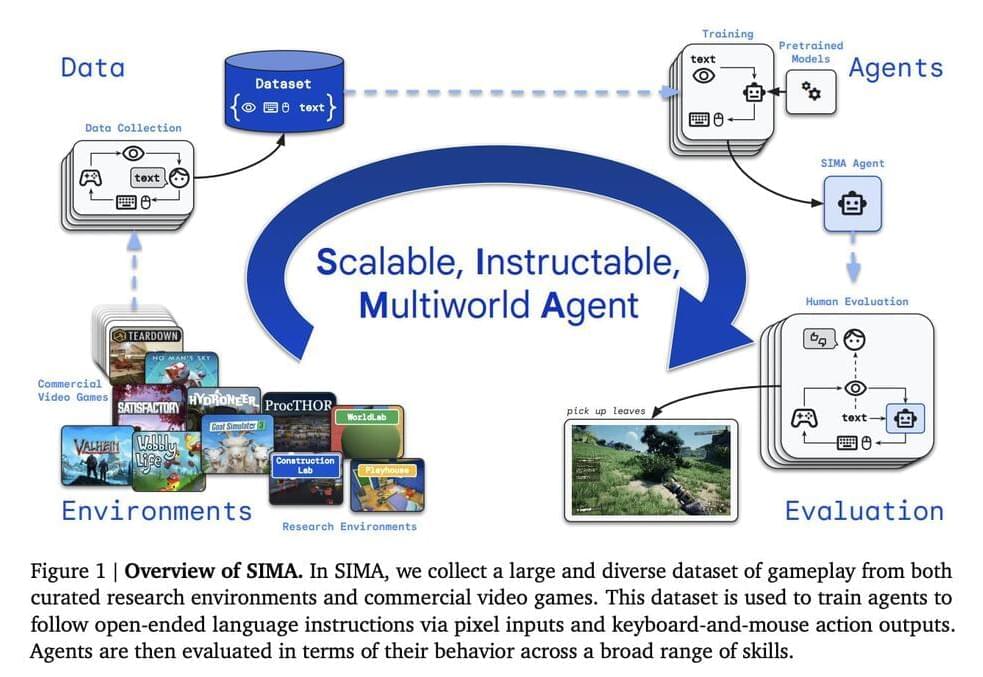Archive for the ‘robotics/AI’ category: Page 275
Mar 24, 2024
Humanoid robots will ‘replace declining human populations’ all over the world
Posted by Dan Breeden in categories: futurism, robotics/AI
THIS week news broke that declining fertility rates could affect most countries in a quarter of a century.
The U.S. Sun spoke with one scientist who thinks humanoids will fill this gap in future populations.
According to The Financial Times, 75 percent of nations are predicted to fall beneath population replacement birthrates by 2050.
Mar 24, 2024
Neuromorphic Chips: The Next Big Thing in Deep Tech
Posted by Dan Breeden in categories: biological, robotics/AI
Neuromorphic computing is an emerging solution for companies specializing in small, energy-efficient edge computing devices and robotics, striving to improve their products. There has been a paradigm shift in computing since the advent of neuromorphic chips. With the potential to unlock new levels of processing speed, energy efficiency, and adaptability, neuromorphic chips are here to stay. Industries from robotics to healthcare are exploring the potential of neuromorphic chips in various applications.
What is Neuromorphic Computing?
Neuromorphic computing is a field within computer science and engineering that draws inspiration from the structure and operation of the human brain. Its goal is to create computational systems, including custom hardware replicating the neural networks and synapses in biological brains. These custom computational systems are commonly known as neuromorphic chips or neuromorphic hardware.
Mar 24, 2024
LimX Dynamics’ Biped Robot P1 Conquers the Wild Based on Reinforcement Learning
Posted by Joseph Barney in categories: innovation, robotics/AI

Ok, that was an unexpected turn on my feed. Just had to share. Cool, portable robot that fits in a backpack.
Conquer the Wild | LimX Dynamics’ Biped Robot P1 ventured into Tanglang Mountain Based on Reinforcement Learning ⛰️
Continue reading “LimX Dynamics’ Biped Robot P1 Conquers the Wild Based on Reinforcement Learning” »
Mar 24, 2024
Nvidia reveals Blackwell B200 GPU, the “world’s most powerful chip” for AI
Posted by Quinn Sena in category: robotics/AI
This new Blackwell chip essentially can operate at a staggering 20 petaflops and a trillion parameters for AI development.
Twenty petaflops of AI performance, says Nvidia.
Mar 24, 2024
Nvidia CEO: Soon There’ll Be Games Where AI Generates “Every Pixel”
Posted by Kelvin Dafiaghor in categories: entertainment, robotics/AI
The use of artificial intelligence in the development of video games has been met with both excitement and dread.
According to a recent industry report by game engine developer Unity, studios are already using AI to save time and boost productivity by whipping up assets and code.
But given enough time, the video games of the future could soon be entirely created with the use of AI — maybe even within just ten years, according to Nvidia CEO Jensen Huang, the man behind a company that’s greatly benefitting from selling thousands of graphics processing units (GPUs) to some of the biggest players in the AI industry.
Mar 24, 2024
Scientists Say They’ve Found Huge Number of Mysterious Circles Around the World
Posted by Kelvin Dafiaghor in category: robotics/AI
Using artificial intelligence, researchers have discovered mysterious “fairy circles” in hundreds of locations across the globe.
These unusual round vegetation patterns have long puzzled experts, dotting the landscapes in the Namib Desert and the Australian outback.
But according to a new study published in the journal Proceedings of the National Academy of Sciences, the unusual phenomenon could be far more widespread than previously thought, cracking the case wide open and raising plenty more questions than answers.
Mar 24, 2024
Google DeepMind Introduces SIMA: The First Generalist Artificial Intelligence AI Agent to Follow Natural-Language Instructions in a Broad Range of 3D Virtual Environments and Video Games
Posted by Quinn Sena in categories: robotics/AI, virtual reality
😗😁😘 agi yay 😀 😍
The pursuit of artificial intelligence that can navigate and comprehend the intricacies of three-dimensional environments with the ease and adaptability of humans has long been a frontier in technology. At the heart of this exploration is the ambition to create AI agents that not only perceive their surroundings but also follow complex instructions articulated in the language of their human creators. Researchers are pushing the boundaries of what AI can achieve by bridging the gap between abstract verbal commands and concrete actions within digital worlds.
Researchers from Google DeepMind and the University of British Columbia focus on a groundbreaking AI framework, the Scalable, Instructable, Multiworld Agent (SIMA). This framework is not just another AI tool but a unique system designed to train AI agents in diverse simulated 3D environments, from meticulously designed research labs to the expansive realms of commercial video games. Its universal applicability sets SIMA apart, enabling it to understand and act upon instructions in any virtual setting, a feature that could revolutionize how everyone interacts with AI.
Mar 24, 2024
The Quest for a Theory of Everything — Scientists Put Einstein to the Test
Posted by Saúl Morales Rodriguéz in categories: quantum physics, robotics/AI
Long before Archimedes suggested that all phenomena observable to us might be understandable through fundamental principles, humans have imagined the possibility of a theory of everything. Over the past century, physicists have edged nearer to unraveling this mystery. Albert Einstein’s theory of general relativity provides a solid basis for comprehending the cosmos at a large scale, while quantum mechanics allows us to grasp its workings at the subatomic level. The trouble is that the two systems don’t agree on how gravity works.
Today, artificial intelligence offers new hope for scientists addressing the massive computational challenges involved in unraveling the mysteries of something as complex as the universe and everything in it, and Kent Yagi, an associate professor with the University of Virginia’s College and Graduate School of Arts & Sciences is leading a research partnership between theoretical physicists and computational physicists at UVA that could offer new insight into the possibility of a theory of everything or, at least, a better understanding of gravity, one of the universe’s fundamental forces. The work has earned him a CAREER grant from the National Science Foundation, one of the most prestigious awards available to the nation’s most promising young researchers and educators.
















